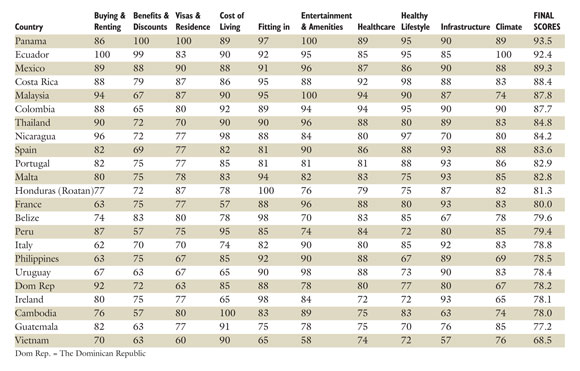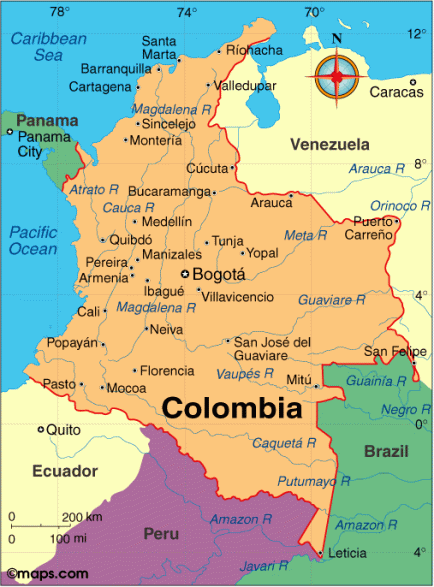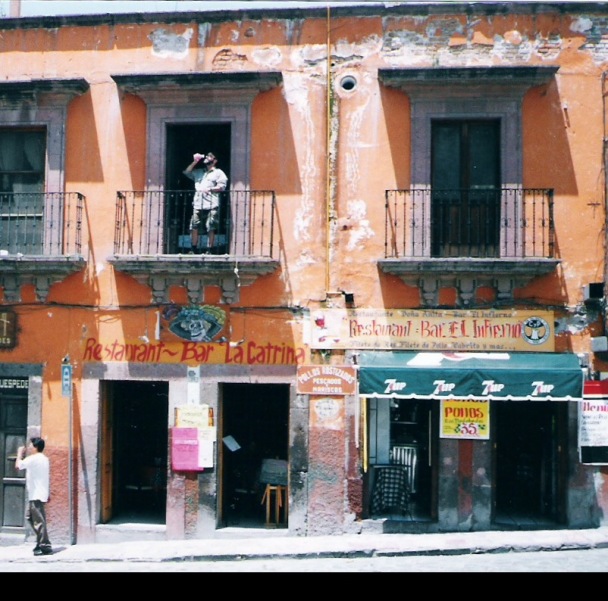I just finished listening to an NPR (National Public Radio in the US) report on retirees in Cotacachi, a rural town in northern Ecuador. (http://latinousa.org/2015/10/09/rural-ecuador-americas-new-retirement-spot/) The report talks about the arrival of American expats to this small Ecuadorian town which has a very low cost of living, great views and an easy way of life. It also talks about one of the great engines of expat ingress to Ecuador, International Living, an online magazine which markets all sorts of services to expats, such as real estate, attorneys, local experts, etc., as well as its own premium services, seminars and webinars. To read International Living is to be convinced that fairy tales come true, even at $1000-1300 a month.
International Living is the top hit every time on Google when looking up retirement abroad, and they are the go to bad boys of unreasonable expectations. The report on NPR mentions them several times, for good reason. But they have tapped into a market, they didn’t create it whole cloth. They have probably single handedly doubled the number of American expats in Ecuador, but if you think about it, it takes a lot to convince a person to leave their home country and their lives and move to a strange country where they speak a different language.
Why We Leave
Why would people want to leave their homes and families and everything that is familiar to them, to go to a new country, any new country?
The main reason for the current retiree diaspora is financial. Most of us older people are now, or soon will be, living on fixed incomes that are no match for the US cost of living. We live in the richest country on earth, but we can’t afford it. It is that simple. When you take into account what is required in the US: housing, food and clothing, medical care, transportation and other basic needs, there just isn’t enough in the pension. According to a 2006 Princeton University Working Paper by Thomas Methvin, “As the Migration Policy Institute attests, “The skyrocketing cost of medical and nursing care paired with increasing life expectancies have led to growing doubts that Medicare, Social Security, and private retirement plans will be sufficient for a decent retirement living for all but the most fortunate of retirees” (Migration Policy Institute 2006).
The second reason is lifestyle. This is in large part related to finances. If you can paste together an existence in the US on your pension, it will be a rather spartan one-maybe one your puritan ancestors would approve of? Probably in the US, if you are on an average SS retirement, you will continue to work to supplement your pension. From the same study mentioned above:
“Migrants leave, even from the so-called “core” [developed nations], because they are embedded with lifestyle expectations that they cannot fulfill given their present living conditions, much like those who may leave the periphery [developing nations]. This happens for example when retired migrants living in the “core” make a calculated association between differentials in the cost-of-living in so-called “periphery” regions, causing them to seek locations that allow them to stretch their resources and attain (or come closer to) such a lifestyle.”
So, let me explain that a bit. In one dominant explanation of immigration, it is argued that people migrate to the developed nations (the “core”) because of the penetration of advanced consumer lifestyle ideas and desires into the developing nations (periphery) and people migrate in search of the better life they believe they can have, or at least give their children, in the most modern nations. In other words, they are driven by the desire for a consumer lifestyle. I think it is fairly clear that this is often the case (with many economic migrants, but of course not the case with refugees).
When it comes to the migration of retirees from the developed nations to developing nations, it is ironically the same operation in reverse. We in the rich countries all grow up with consumer desires mostly driven by media. We want a good, comfortable life-style and actually feel quite entitled to it. Many retirees feel cheated when they realize they can’t play golf and lay about at the beach in their retirement. We want our own homes and to be independent. Moving in with the grown children and watching the grand-babies is neither desirable nor an option. So just as the migrants from the developing nation are seeking a good life-style, so are the retirement migrants moving to the developing nations.
A reason quite related to the above is disenchantment with the American way of life. I have found that a lot of retirees I’ve met abroad, or whose blog articles I’ve read, feel alienated by contemporary American culture and society. This critique comes from the right and the left, as if you could divide the expat retirees along the lines of Sanders and Trump. There is a general malaise, even if it is interpreted differently. Again, it would seem that those migrating out of developed countries are driven by similar forces as those who are immigrating into them- the American (or western, or developed) way of life.
The promises of the life of leisure in the perfect climate with all the amenities obviously overstates the possibilities. Just as the immigrant who arrives in Europe or North America experience some painful realities, so do the expat retirees. But we are driven by similar, and somewhat eternal forces. Humans are migrants. Why this is still a mystery and a controversy defies logic. Now is a new era of migration, and retirees are now being recognized as being part of the new diaspora.













